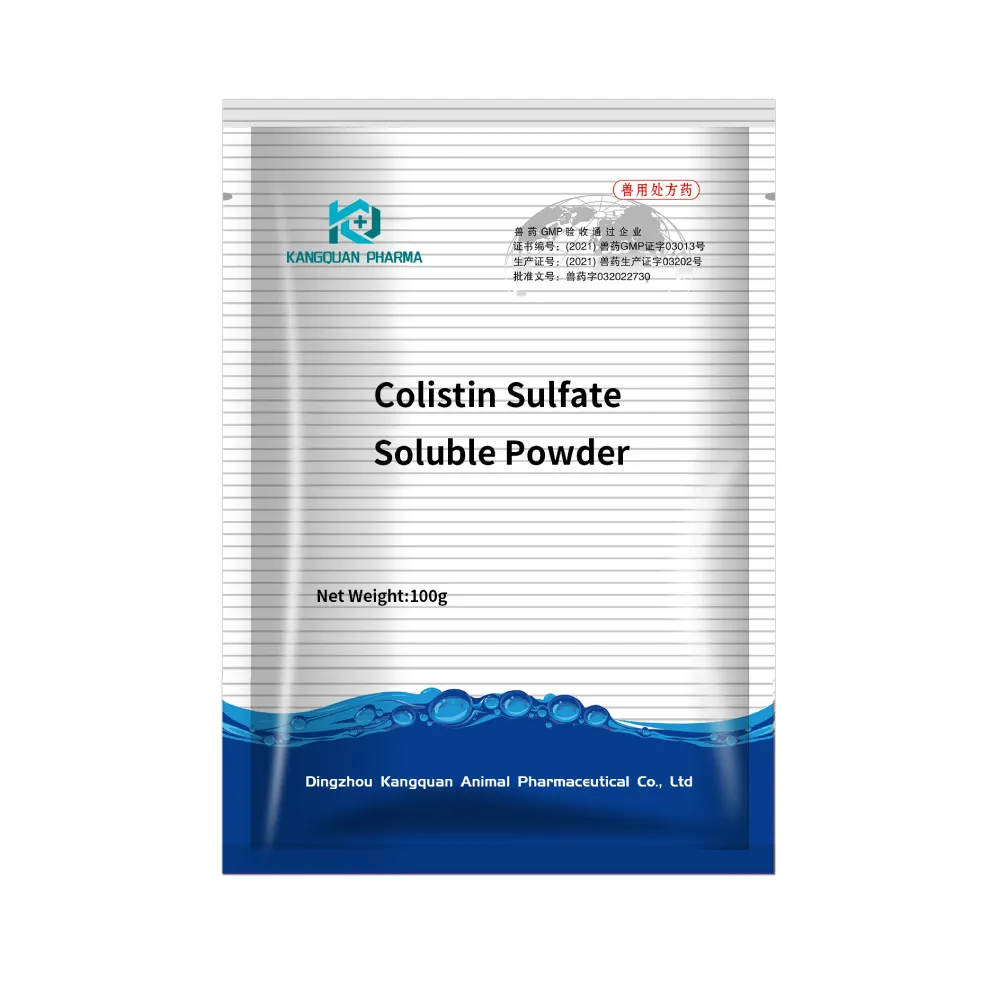- Afrikaans
- Albanian
- Amharic
- Arabic
- Armenian
- Azerbaijani
- Basque
- Belarusian
- Bengali
- Bosnian
- Bulgarian
- Catalan
- Cebuano
- Corsican
- Croatian
- Czech
- Danish
- Dutch
- English
- Esperanto
- Estonian
- Finnish
- French
- Frisian
- Galician
- Georgian
- German
- Greek
- Gujarati
- Haitian Creole
- hausa
- hawaiian
- Hebrew
- Hindi
- Miao
- Hungarian
- Icelandic
- igbo
- Indonesian
- irish
- Italian
- Japanese
- Javanese
- Kannada
- kazakh
- Khmer
- Rwandese
- Korean
- Kurdish
- Kyrgyz
- Lao
- Latin
- Latvian
- Lithuanian
- Luxembourgish
- Macedonian
- Malgashi
- Malay
- Malayalam
- Maltese
- Maori
- Marathi
- Mongolian
- Myanmar
- Nepali
- Norwegian
- Norwegian
- Occitan
- Pashto
- Persian
- Polish
- Portuguese
- Punjabi
- Romanian
- Russian
- Samoan
- Scottish Gaelic
- Serbian
- Sesotho
- Shona
- Sindhi
- Sinhala
- Slovak
- Slovenian
- Somali
- Spanish
- Sundanese
- Swahili
- Swedish
- Tagalog
- Tajik
- Tamil
- Tatar
- Telugu
- Thai
- Turkish
- Turkmen
- Ukrainian
- Urdu
- Uighur
- Uzbek
- Vietnamese
- Welsh
- Bantu
- Yiddish
- Yoruba
- Zulu
Dùbh . 16, 2024 14:22 Back to list
veterinary disinfectant
The Importance of Veterinary Disinfectants in Animal Health
Veterinary disinfectants play a crucial role in maintaining the health and well-being of animals, as well as ensuring public health safety. Within veterinary clinics, animal hospitals, farms, and research facilities, these disinfectants are essential tools in the fight against infectious diseases. Understanding their importance, types, and application methods is vital for anyone involved in animal care.
Understanding Veterinary Disinfectants
Veterinary disinfectants are chemical agents specifically formulated to eliminate bacteria, viruses, fungi, and other pathogens from surfaces and equipment used in animal care. The correct use of disinfectants helps to minimize the risk of disease transmission among animals and from animals to humans. This is particularly significant in environments where many animals congregate, such as kennels, stables, veterinary offices, and zoos.
These disinfectants are designed to work effectively on a wide variety of surfaces including floors, walls, cages, and surgical instruments. The effectiveness of a disinfectant often depends on several factors including its chemical composition, the concentration used, the type of pathogen it targets, and the surface to be disinfected.
Types of Veterinary Disinfectants
1. Quaternary Ammonium Compounds (Quats) These are commonly used in veterinary practice due to their broad-spectrum efficacy and low toxicity to animals. Quats are effective against bacteria and enveloped viruses, making them suitable for use in routine cleaning protocols.
2. Bleach (Sodium Hypochlorite) This is a powerful disinfectant effective against a wide range of pathogens, including bacteria, fungi, and viruses. However, it must be used with caution, as it can be corrosive and has a strong odor. It is essential to dilute bleach properly to avoid harmful effects on animals and surfaces.
3. Phenolic Compounds These disinfectants are known for their effectiveness against bacteria and fungi. They are particularly useful in environments where a higher level of disinfection is required. However, they can be toxic to certain animals and must be used with care.
veterinary disinfectant

4. Hydrogen Peroxide This is a versatile disinfectant that breaks down into water and oxygen, making it environmentally friendly. It is effective against various pathogens and can be used in many settings, including veterinary surgeries.
5. Iodophors These iodine-based disinfectants are useful for skin disinfection and sterilization of surgical instruments. They are less toxic than traditional iodine solutions and are effective against both bacteria and viruses.
Application of Disinfectants
Proper application of veterinary disinfectants is essential for achieving desired results. The effectiveness of a disinfectant can be compromised by organic matter, so thorough cleaning of surfaces before disinfection is crucial. The surfaces should first be washed with soap and water to remove dirt, debris, and organic matter.
After cleaning, a disinfectant can be applied according to the manufacturer’s instructions. It is essential to allow adequate contact time, which is the period the disinfectant needs to remain wet on the surface to effectively kill pathogens. This time can vary among different products, typically ranging from a few minutes to over 10 minutes.
Additionally, it is important to follow safety guidelines when using disinfectants, including wearing appropriate personal protective equipment such as gloves and masks. Care should also be taken to prevent exposure to animals during the disinfection process.
Conclusion
The use of veterinary disinfectants is an indispensable part of animal health care. They play a significant role in preventing the spread of infectious diseases, protecting the health of animals, veterinarians, and clients alike. Regular training on proper disinfection techniques and understanding the various disinfectants available, their uses, and potential risks is crucial for all veterinary professionals. As the landscape of veterinary medicine continues to evolve, so too does the need to ensure that these powerful tools are used effectively and responsibly to safeguard animal health and public safety.
-
Guide to Oxytetracycline Injection
NewsMar.27,2025
-
Guide to Colistin Sulphate
NewsMar.27,2025
-
Gentamicin Sulfate: Uses, Price, And Key Information
NewsMar.27,2025
-
Enrofloxacin Injection: Uses, Price, And Supplier Information
NewsMar.27,2025
-
Dexamethasone Sodium Phosphate Injection: Uses, Price, And Key Information
NewsMar.27,2025
-
Albendazole Tablet: Uses, Dosage, Cost, And Key Information
NewsMar.27,2025













